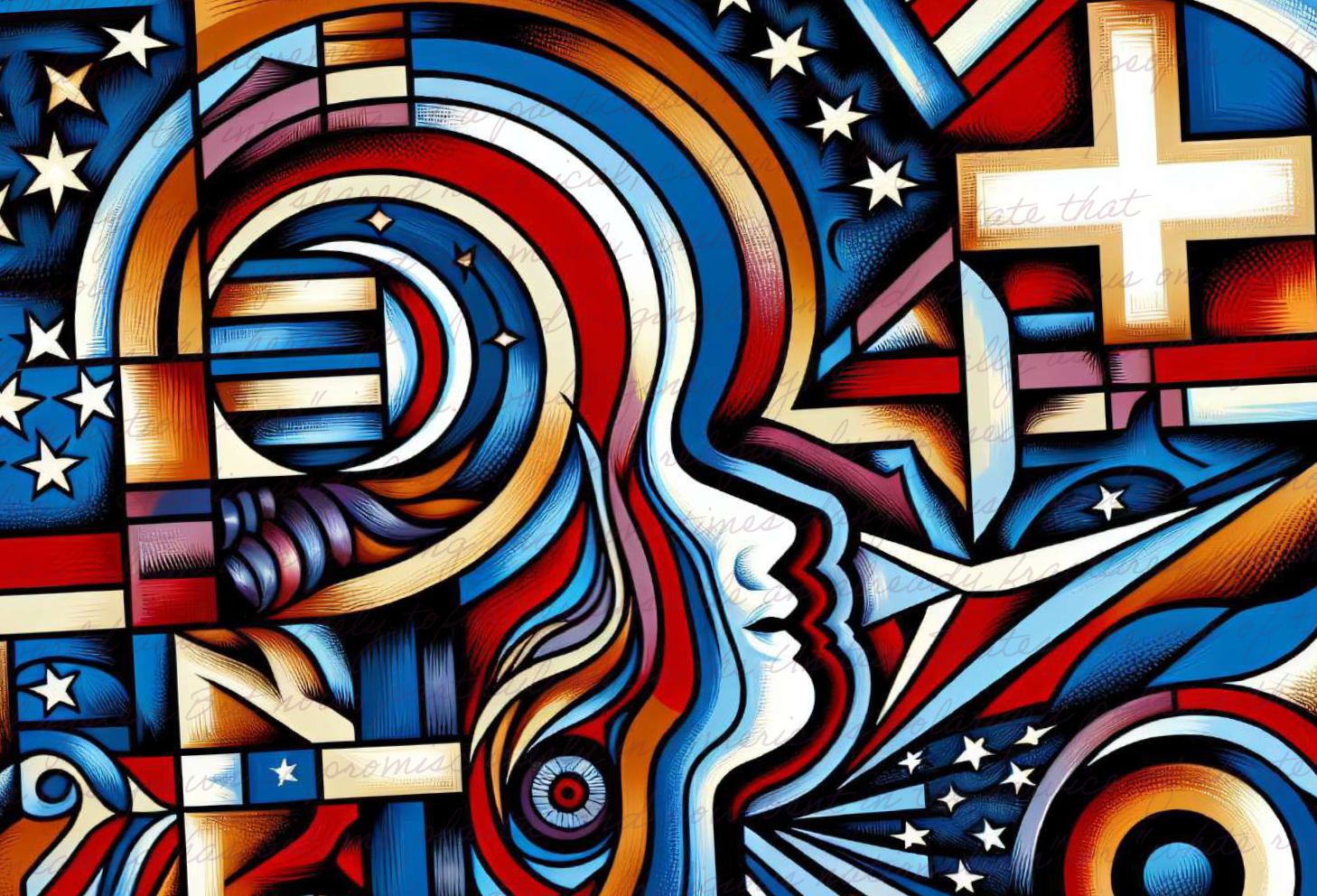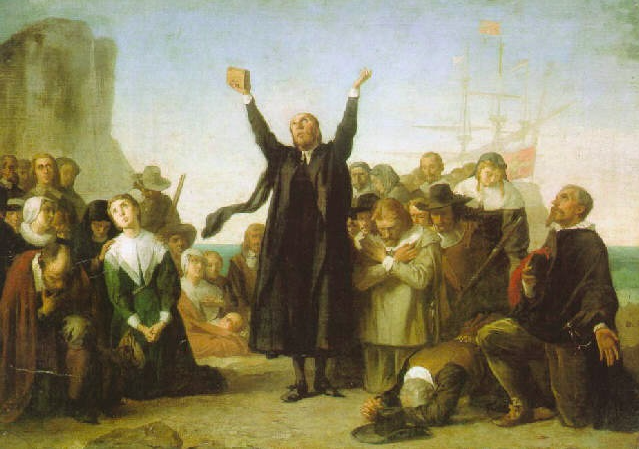Join us as we begin a series of posts focusing on the prioritization of religious freedom in American law and culture. This week our discussion focuses on religious freedom in the twentieth century up to the present and was being initiated with Ken Starr’s post “Shifting Applicability: A History of Judicial Approaches to Free Exercise.”
By: Gerard Bradley
Judge Starr briefly explores near the end of his essay the distinct, but complementary, competencies of the legislature and the judiciary when it comes to religious liberty. It is an important matter, worthy of considerable further comment. I have space here to identify just three points of special interest to that further exploration.
One is that the best answer to the question of these competencies in religious liberty is a mix of contingent and perennial (if not necessary) truths. An example of the latter is Judge Starr’s observation that “Congress cannot know a priori all the ways in which a law will affect religious practices in the country”. (I think that the point holds true for any state legislature too.) The implication he identifies is sound: courts (or some other forum for individualized determinations) would have to sort out the question of accommodations on the ground.
I think that these institutional “truths” follow ineluctably from any account of these two basic governing bodies. Indeed, something like this division of labor is embedded in our concept of legislation (as general rules) and of the judiciary as the adjudicative department.
Pertinent contingent truths include: What is the relevant religious population (and so which burdens of our common life are likely to run headlong into conscientious objection? How many possible objectors would there be if, for example, our nation reinstituted conscription?) What kinds of people populate the two institutions, and which of the two populations is likely to be friendlier to religion (and so in our day: are courts by training and by social status more likely to be post-modern in their understanding of religion? If so, does that indicate that traditionally religious people will seem to judges to be benighted, if not bigoted?)
The answers to these (and many other relevant) questions vary from place to place and change over time in the same place. The answers to these questions nonetheless would—and should—mightily influence constitution makers whose job includes settling authoritatively the competencies of government departments.
And so my second point: the First Amendment has something conclusive to say about this division of labor. What it says is beyond recall, save by proper constitutional amendment.
Here I think Judge Starr does a disservice to the Court by misreading the First Amendment. At least he misreads the Smith case, which he rather clearly thinks got the meaning of Free Exercise wrong. I disagree with Judge Starr about that. We could, I suppose, argue about that on another occasion. For now I wish to emphasize that Starr is mistaken in describing (as he does) the wellsprings of Smith as some Justices’ “discomfort” with “fact-based balancing” and their “preference” for the “certainty that simple rules provide.” The majority opinion in Smith rather obviously is those justices’ best account of what the Free Exercise Clause says and implies. They (and I) could be mistaken. But they (and I) would be mistaken, not about any “comfort” and “preference,” but about what the text and the history of its ratification and interpretation show to be its meaning.
Finally: Judge Starr does not say (nor does he deny) that the key determinants of accommodations will be answers to questions of moral value, and not about matters of fact or conventional legal analysis. The basic question about any prayer for “accommodation” (that is: exemption from an otherwise applicable law due to religious objection) is fairness: would it be fair to the remaining workers to give strict Sabbatarians their choice of a day off, thus requiring the less scrupulous to inconveniently work weekends and/or nights? Or to exempt members of “peace” churches from the draft? Or to require the female employees of Hobby Lobby to purchase their own abortifacients and contraceptives, by exempting their employers from a law which binds other employers in the same industry?
These questions cannot be answered without ascribing comparative value to the interests of everyone affected. Those interests include the goods of religious observance, of inner peace of conscience, of access to certain medical products, control over one’s schedule of leisure, family, and work responsibilities—and so on. A “compelling” interest test establishes a certain priority in religious values over others, and thus limits judicial discretion accordingly. Even so, that test reduces but does not eliminate the role of value judgment in cases of religious accommodation.
Gerard V. Bradley, a noted scholar in the fields of constitutional law as well as law and religion, joined the faculty of the Notre Dame Law School as professor in 1992, having taught at the University of Illinois from 1983 to 1992.
This piece was originally authored on June 2, 2014 for the Religious Freedom Project at Georgetown’s Berkley Center for Religion, Peace, and World Affairs.
THE RFI BLOG

Myths of Religious Nationalism in America and Abroad

France’s Olympic Hijab Ban Violates International Law And Exacerbates Tensions

RFI Briefs USCIRF on Lessons from 25 Years of U.S. Designating Religious Freedom Violators

Thought Police: Protecting the People from Prayer

A Religious “Delaware”: Establishing a State Haven for Religious Corporations
CORNERSTONE FORUM

Challenges to Religious Freedom in Iraq and the Critical Need for Action

Public Bioethics & the Failure of Expressive Individualism

Religious Liberty in American Higher Education

Scotland’s Kate Forbes and the March of Secularism


